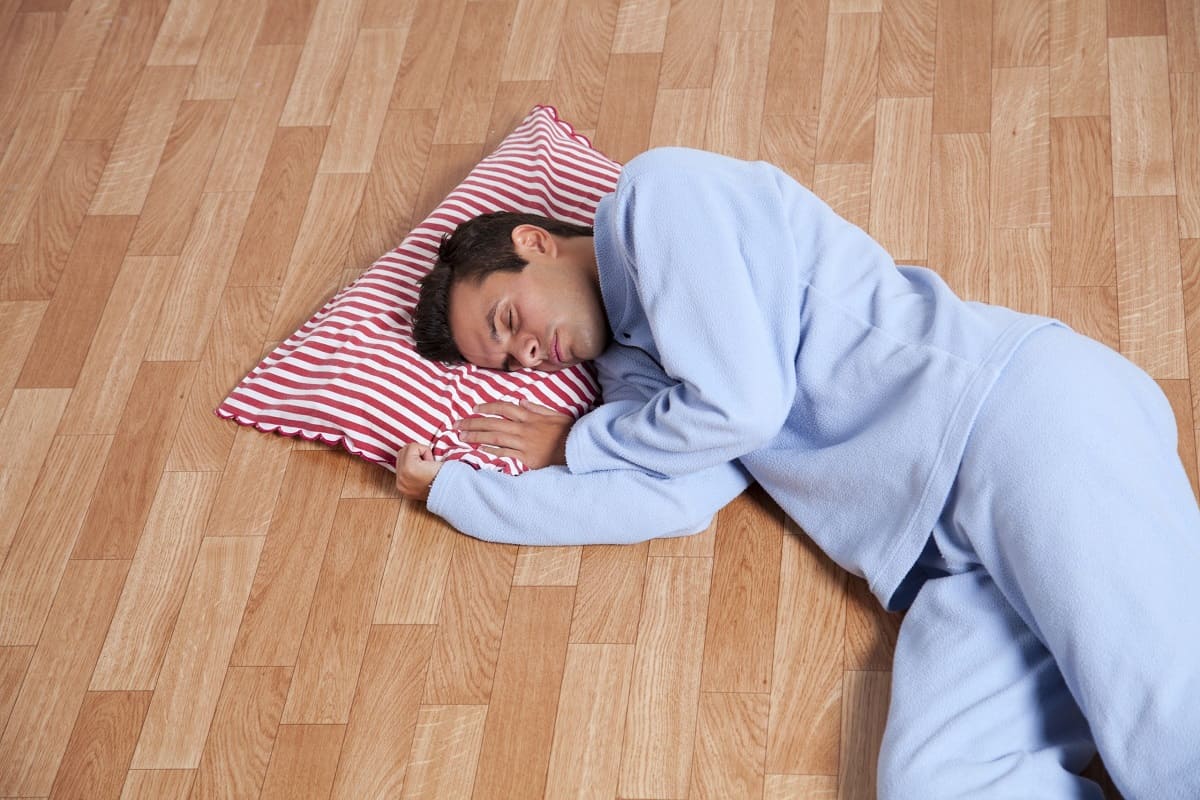

Articles
How To Sleep On The Floor Comfortably
Modified: November 1, 2024
Learn the art of sleeping comfortably on the floor with these helpful articles. Discover tips and tricks to enhance your sleep experience without a bed.
(Many of the links in this article redirect to a specific reviewed product. Your purchase of these products through affiliate links helps to generate commission for Storables.com, at no extra cost. Learn more)
Introduction
For many people, the idea of sleeping on the floor may seem uncomfortable or even unthinkable. However, there are actually several benefits to giving up your traditional bed and opting for a floor sleeping experience. Not only can it improve your posture and align your spine, but it can also promote better sleep and alleviate various health issues.
In this article, we will explore the benefits of sleeping on the floor and provide practical tips on how to do it comfortably. Whether you’re curious about trying this alternative sleeping method or looking for ways to optimize your floor sleeping experience, we’ve got you covered.
While sleeping on the floor may not be for everyone, it’s worth considering the potential advantages it offers. Many cultures around the world have embraced this practice for centuries, recognizing its positive impact on overall well-being. So, let’s dive in and discover how you can sleep on the floor comfortably while reaping the benefits it has to offer.
Key Takeaways:
- Embracing floor sleeping can lead to improved posture, enhanced sleep quality, and alleviated joint pain, offering a cost-effective and environmentally friendly alternative to traditional mattresses.
- Creating a comfortable floor sleeping environment involves proper preparation, choosing the right floor surface, using suitable bedding and cushions, maintaining good posture, and adjusting gradually to this new sleeping method.
Benefits of Sleeping on the Floor
Sleeping on the floor may sound unconventional, but it comes with a range of potential benefits for your physical and mental well-being. Here are some of the key advantages:
- Improved Posture: Sleeping on a flat surface, such as the floor, encourages natural spinal alignment. It can help alleviate back pain and promote better posture throughout the day.
- Enhanced Blood Circulation: By lying directly on the floor, you eliminate the potential pressure points that can restrict blood flow. This can lead to improved circulation and a reduction in discomfort or numbness in certain areas of your body.
- Increased Sleep Quality: Many people find that sleeping on the floor promotes deeper and more restful sleep. This can be attributed to the supportive and firm surface that allows your body to fully relax and enter a state of rejuvenation.
- Alleviated Joint Pain: The firmness of the floor can help relieve joint pain by reducing pressure on the joints. This can be particularly beneficial for individuals suffering from arthritis or other joint-related conditions.
- Aligned Spine: Sleeping on the floor can help align your spine, preventing it from curving or straining in unnatural positions. This can decrease the likelihood of developing spinal disorders and promote overall spinal health.
- Cost-Effective: Let’s face it, traditional mattresses can be quite costly. Sleeping on the floor eliminates the need for an expensive bed and allows you to save money on mattress replacements or upgrades.
- Improved Body Awareness: By sleeping on the floor, you become more attuned to your body’s needs and comfort level. You become more aware of your sleeping position and can make adjustments to achieve optimal comfort and support.
- Environmental Friendly: Choosing to sleep on the floor means reducing the consumption and disposal of conventional mattresses, contributing to a more sustainable lifestyle.
These are just a few of the potential benefits that sleeping on the floor can offer. Keep in mind that everyone’s experience may vary, and it’s essential to listen to your body and make adjustments as needed. Now, let’s move on to the practical steps you can take to prepare your sleeping area on the floor.
Preparing Your Sleeping Area
Before you start sleeping on the floor, it’s important to prepare your sleeping area to ensure comfort and cleanliness. Here are some steps you can take to create an optimal sleeping environment:
- Clean the Floor: Start by thoroughly cleaning the floor where you plan to sleep. Remove any dust, debris, or allergens that could affect your sleep quality or trigger allergies.
- Clear the Space: Remove any objects or furniture that could impede your comfort or safety while sleeping. Make sure there is enough space for you to stretch out comfortably.
- Add Floor Padding: While sleeping directly on the floor can be beneficial, you may still want to add some floor padding for additional comfort. Consider using a yoga mat, thick rug, or a Japanese futon mattress to provide a bit of cushioning.
- De-clutter: Keep your sleeping area minimalistic and free from clutter. Avoid placing objects around your sleeping space as they can disrupt your sleep or cause discomfort.
- Temperature Control: Ensure that the temperature in your sleeping area is comfortable for you. Use a fan, air conditioner, or heater to regulate the temperature as necessary.
- Dim Lighting: Create a calming sleep environment by using dim lighting or blackout curtains to block out any external lights that may disturb your rest.
- Noise Reduction: If noise is a concern, consider using earplugs or a white noise machine to drown out any disruptive sounds that may interfere with your sleep.
- Aromatherapy: Incorporating relaxing scents through essential oils, such as lavender or chamomile, can help create a soothing atmosphere conducive to a good night’s sleep.
By following these steps, you can create a comfortable and relaxing sleeping area on the floor. The next step is to choose the right floor surface to sleep on, which we will explore in the next section.
Choosing the Right Floor Surface
When it comes to sleeping on the floor, the choice of floor surface can greatly impact your comfort and overall sleep experience. Here are some considerations to keep in mind when selecting the right floor surface:
- Hardwood Floor: Hardwood floors provide a firm and supportive surface for sleeping. They are relatively easy to clean and maintain, making them a popular choice for floor sleeping enthusiasts.
- Carpeted Floor: If you prefer a softer surface, you may opt for sleeping on a carpeted floor. Carpets offer more cushioning and can lend a cozy feel to your sleeping area. Just ensure that the carpet is clean and free from dust or allergens.
- Tatami Mats: Popular in Japanese culture, tatami mats are traditional straw mats that provide softness and insulation from the floor. They offer a comfortable and breathable sleeping surface while adding a touch of elegance to your sleeping area.
- Futon Mattress: If you desire more cushioning and a bed-like experience, consider using a traditional Japanese futon mattress. These thin mattresses can be easily rolled up and stored during the day, offering versatility and convenience.
- Thick Rug or Mat: Another option is to use a thick rug or mat that provides a bit of padding while still maintaining a closer connection to the floor. Look for mats made of natural materials like cotton or bamboo for breathability.
Ultimately, the choice of floor surface will depend on your personal preferences and comfort needs. It’s important to find a balance between firmness and softness, as you want to ensure proper support for your body while allowing for a comfortable sleep surface.
Once you’ve chosen the right floor surface, the next step is to select appropriate bedding and cushions to enhance your comfort during sleep. We’ll explore these options in the next section.
Using Proper Bedding and Cushions
While sleeping on the floor can be beneficial for your body, adding the right bedding and cushions can further enhance your comfort and support. Here are some tips to help you choose the proper bedding and cushions for your floor sleeping experience:
- Japanese Futon: A traditional Japanese futon consists of a foldable mattress that can be easily laid out on the floor. Look for a high-quality futon that provides adequate cushioning and support for your body. You can also layer multiple futons for added comfort.
- Tri-fold Floor Mattress: A tri-fold floor mattress is a convenient option if you prefer a portable and compact bedding solution. These mattresses can be easily folded and stored during the day and unfolded at night for a comfortable sleeping surface.
- Pillows: Choosing the right pillows is essential for supporting your head and neck while sleeping on the floor. Opt for pillows that offer proper alignment and comfort to prevent any strain or discomfort.
- Bolsters or Body Pillows: Bolsters and body pillows can provide additional support and comfort for side sleepers or individuals who prefer to sleep in a curled-up position. These can also be used as extra lumbar support when needed.
- Blankets or Comforters: Layering blankets or comforters can provide warmth and added cushioning for a cozy sleeping experience on the floor. Consider using breathable materials like cotton or bamboo to regulate body temperature.
- Mattress Toppers: If you find the floor too firm, you can use a mattress topper to add a layer of softness and comfort. Memory foam or latex mattress toppers are great options for providing additional cushioning while still maintaining proper support.
Experiment with different combinations of bedding and cushions to find the most comfortable setup for your floor sleeping arrangement. It’s important to listen to your body and adjust as needed to ensure proper support and comfort throughout the night.
Now that you have the right bedding and cushions, it’s essential to maintain good posture while sleeping on the floor. We’ll explore some posture tips in the next section.
Use a thick yoga mat or a camping pad to provide cushioning and support while sleeping on the floor. This will help to create a more comfortable sleeping surface.
Maintaining Good Posture while Sleeping
When sleeping on the floor, maintaining good posture is crucial for optimal comfort and spinal alignment. Here are some tips to help you maintain good posture while sleeping on the floor:
- Align Your Spine: Ensure that your head, neck, and spine are aligned in a neutral position while lying on the floor. Use a pillow that provides adequate support for your neck and keeps your head in line with your spine.
- Support Your Hips: Place a pillow or cushion under your hips to maintain a natural curve in your lower back. This helps relieve pressure on your spine and promotes proper alignment.
- Position Your Legs: Avoid crossing your legs or bending them at awkward angles while sleeping on the floor. Keep your legs straight or slightly bent at the knees to maintain a neutral position.
- Use Bolsters or Body Pillows: If you prefer sleeping on your side, place a body pillow or bolster between your knees to align your hips and relieve strain on your lower back.
- Avoid Sleeping on Your Stomach: Sleeping on your stomach can strain your neck and lower back. Try to sleep on your back or side to maintain a more aligned and comfortable sleeping position.
- Stretch Before Bed: Engage in gentle stretching exercises before bedtime to relax your muscles and release tension. This can help improve your sleeping posture and overall sleep quality.
- Listen to Your Body: It’s important to listen to your body and make adjustments as needed. If you experience any discomfort or imbalance, try different positions or use additional pillows for support.
By maintaining good posture while sleeping on the floor, you can promote spinal alignment, alleviate strain on your muscles and joints, and enhance your overall sleep quality. Now, let’s move on to creating a comfortable environment for floor sleeping.
Creating a Comfortable Environment
Creating a comfortable environment is key to ensuring a restful night’s sleep when sleeping on the floor. Consider the following tips to make your sleeping area as cozy and inviting as possible:
- Temperature Regulation: Keep the temperature in your sleeping area at a comfortable level. Use blankets or a fan to adjust the temperature according to your preferences.
- Lighting: Dim the lights or use blackout curtains to create a relaxing atmosphere conducive to sleep. Avoid bright and stimulating lights that can interfere with your ability to fall asleep.
- Noise Control: Minimize noise disruptions by using earplugs or a white noise machine to mask external sounds. Soundproofing materials or rugs can also help reduce any noise from the surrounding environment.
- Aromatherapy: Enjoy the benefits of aromatherapy by using essential oils with calming scents like lavender or chamomile. Use a diffuser or pillow spray to create a serene environment that promotes relaxation.
- Declutter: Keep your sleeping area clean and free from clutter. A tidy space can create a sense of calm and help you relax before bed.
- Promote Air Circulation: Ensure proper ventilation in your sleeping area to maintain a fresh and breathable environment. Open a window or use a fan to increase air circulation.
- Create a Soothing Ambiance: Use soft and calming colors in your sleeping area to create a peaceful ambiance. Add cozy elements such as soft lighting, comfortable blankets, and plush pillows to enhance relaxation.
- Maintain Cleanliness: Regularly clean your sleeping area to remove dust and allergens. Wash bedding and cushions frequently to ensure a fresh and hygienic sleeping environment.
By paying attention to the details and creating a comfortable environment, you can enhance your overall sleeping experience on the floor and promote a more restful and rejuvenating sleep.
Now that you have the foundation for comfortable floor sleeping, let’s explore how you can adjust and adapt to this new sleeping setup.
Adjusting to Sleeping on the Floor
Transitioning to sleeping on the floor may take some time for your body to adjust. Here are some tips to help you ease into this new sleeping setup:
- Gradual Transition: Start by incorporating a few nights of floor sleeping into your routine. Begin with a few hours or a nap on the floor, gradually increasing the duration as your body adapts.
- Proper Body Alignment: Focus on maintaining proper body alignment and posture while sleeping on the floor. This can help your body adjust more comfortably and reduce any initial discomfort.
- Stretching and Exercise: Engage in regular stretching exercises and gentle yoga poses to improve flexibility and strengthen your body. This can alleviate any muscle soreness or stiffness from sleeping on the floor.
- Invest in Quality Bedding: Consider investing in high-quality bedding and cushions that provide adequate support and comfort. This will enhance your overall sleeping experience on the floor.
- Listen to Your Body: Pay attention to how your body feels and make adjustments as necessary. Experiment with different positions, pillows, or additional padding to find what works best for you.
- Be Patient: Understand that it may take time for your body to fully adapt to sleeping on the floor. Be patient with yourself and give your body the time it needs to adjust to this new sleeping surface.
- Maintain a Consistent Sleep Routine: Stick to a regular sleep schedule and create a bedtime routine to signal to your body that it’s time to rest. This can help improve your sleep quality and make the adjustment to sleeping on the floor easier.
Remember that everyone’s experience with sleeping on the floor may vary. It’s important to listen to your body’s needs and make adjustments accordingly. Give yourself time to adapt and experiment until you find the most comfortable sleeping setup.
Now that you are equipped with the knowledge and tips for sleeping on the floor comfortably, you can start enjoying the benefits this alternative sleeping method has to offer. Sweet dreams!
Conclusion
Sleeping on the floor may not be the conventional choice, but it offers several benefits for your overall well-being. From improved posture and spinal alignment to increased sleep quality and joint pain relief, floor sleeping has the potential to positively impact your physical and mental health.
Preparing your sleeping area, choosing the right floor surface, using proper bedding and cushions, maintaining good posture, and creating a comfortable environment are all key factors in ensuring a comfortable floor sleeping experience. It may take time for your body to adjust to this new sleeping setup, so be patient and allow yourself the time needed to adapt.
Remember, everyone’s experience with floor sleeping may vary, and it’s essential to listen to your body’s cues and make adjustments accordingly. What works for one person may not work for another, so take the time to find your optimal sleeping arrangement and make it as comfortable as possible.
Whether you choose to fully embrace floor sleeping or incorporate it as an occasional alternative, the choice is yours. Just be sure to prioritize your comfort, support, and overall sleep quality in whichever sleeping method you choose.
So, why not give floor sleeping a try? Experience the potential benefits it offers and discover whether it’s the right fit for you. Sweet dreams and may you find restful and rejuvenating sleep, whether on a comfortable bed or on the floor!
Frequently Asked Questions about How To Sleep On The Floor Comfortably
Was this page helpful?
At Storables.com, we guarantee accurate and reliable information. Our content, validated by Expert Board Contributors, is crafted following stringent Editorial Policies. We're committed to providing you with well-researched, expert-backed insights for all your informational needs.
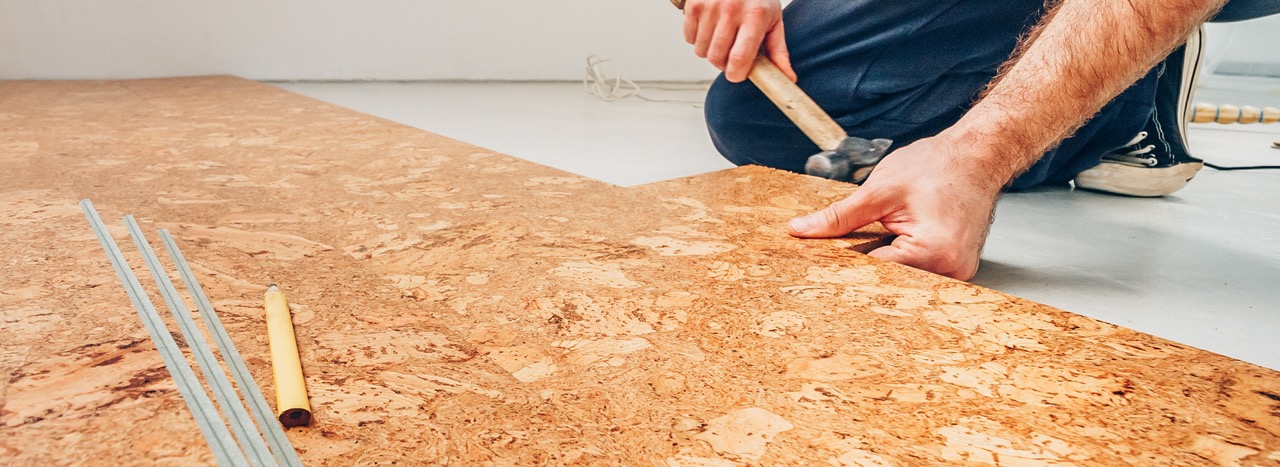
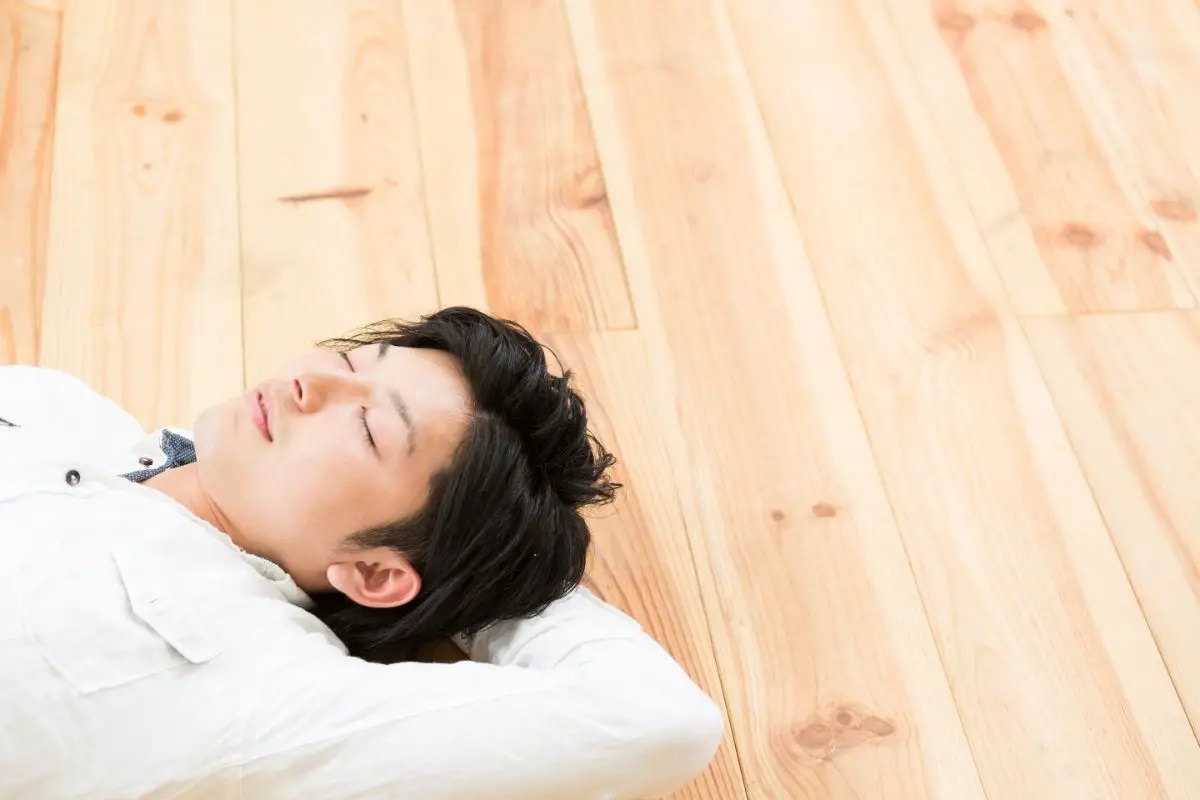


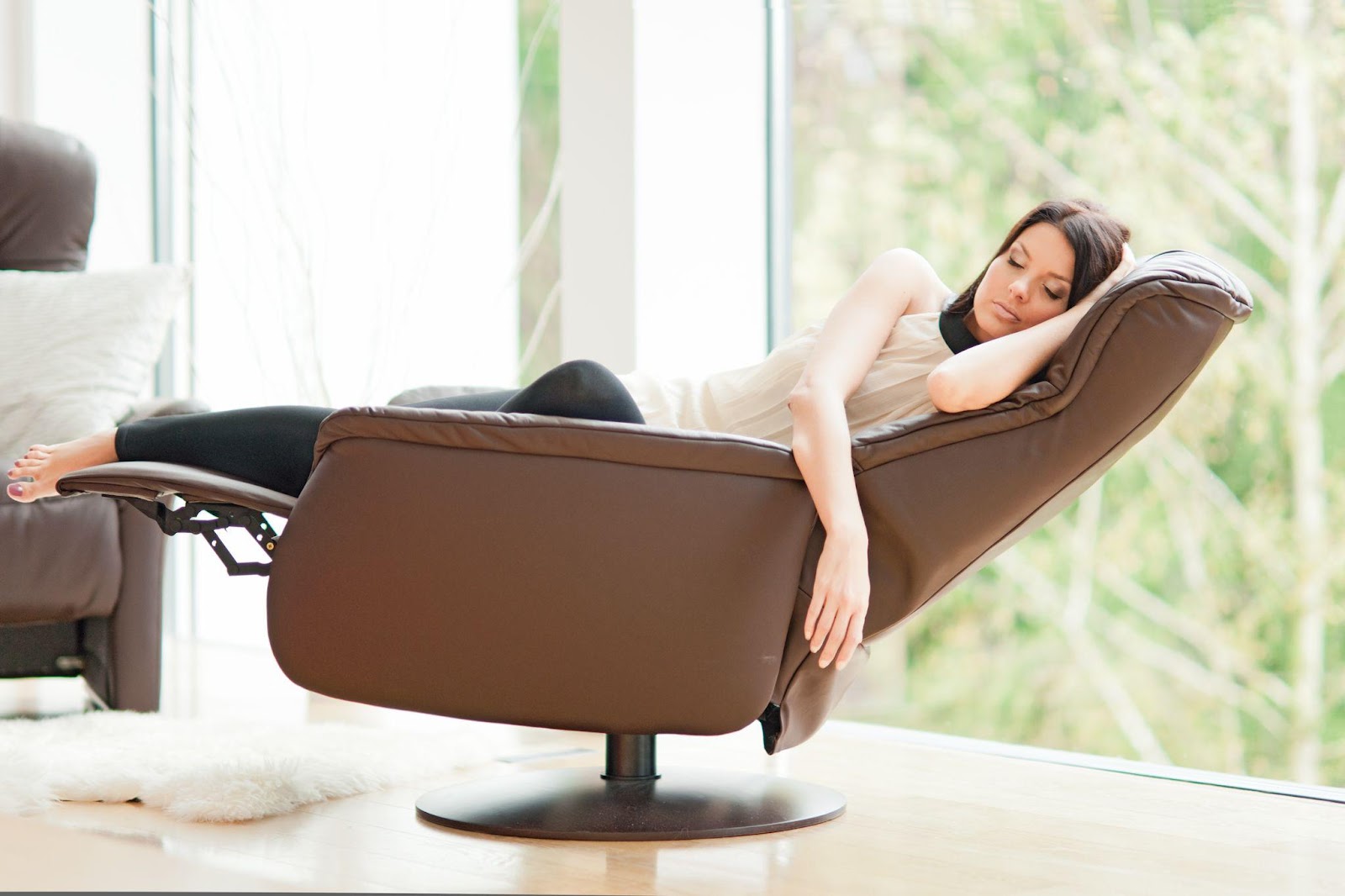



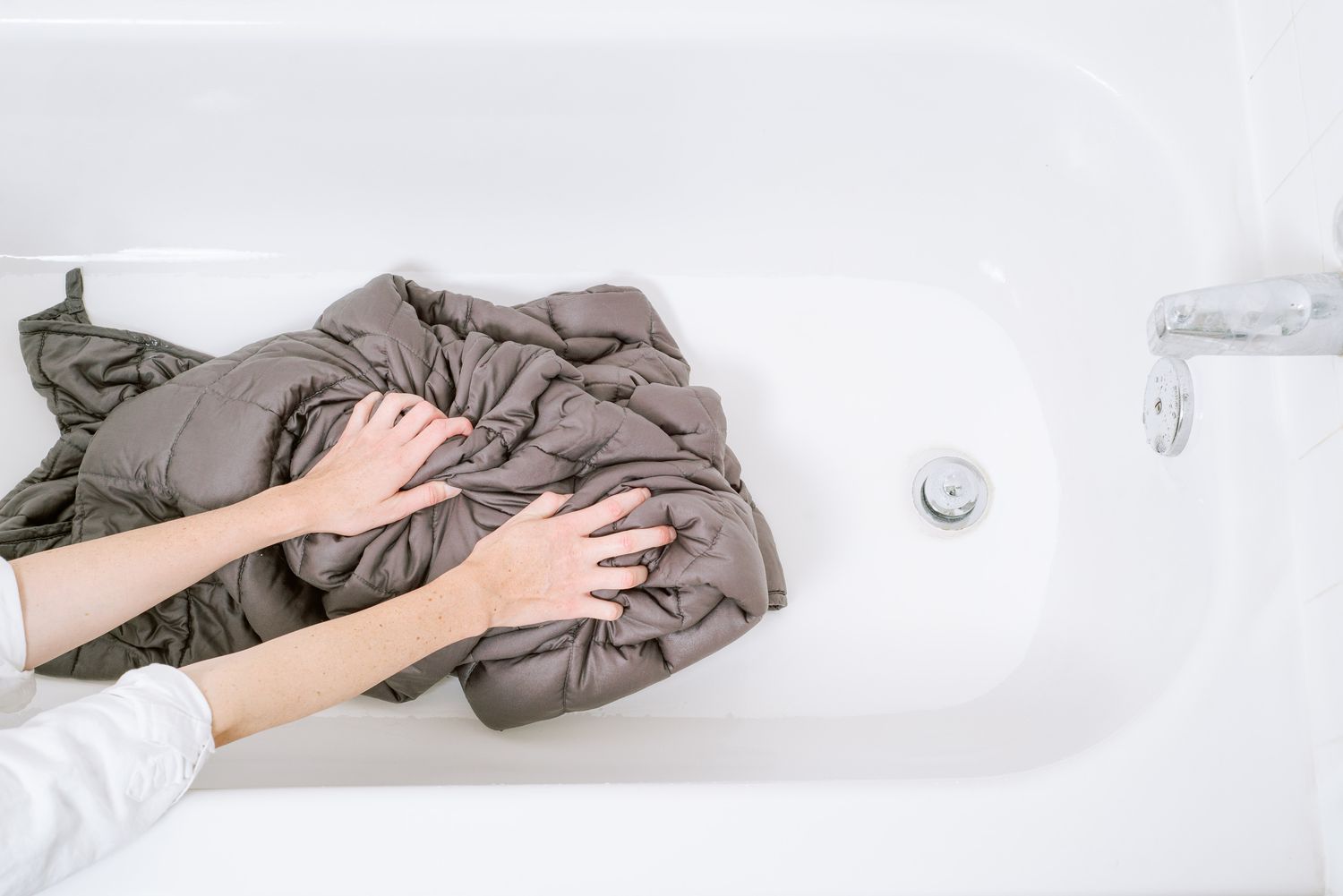
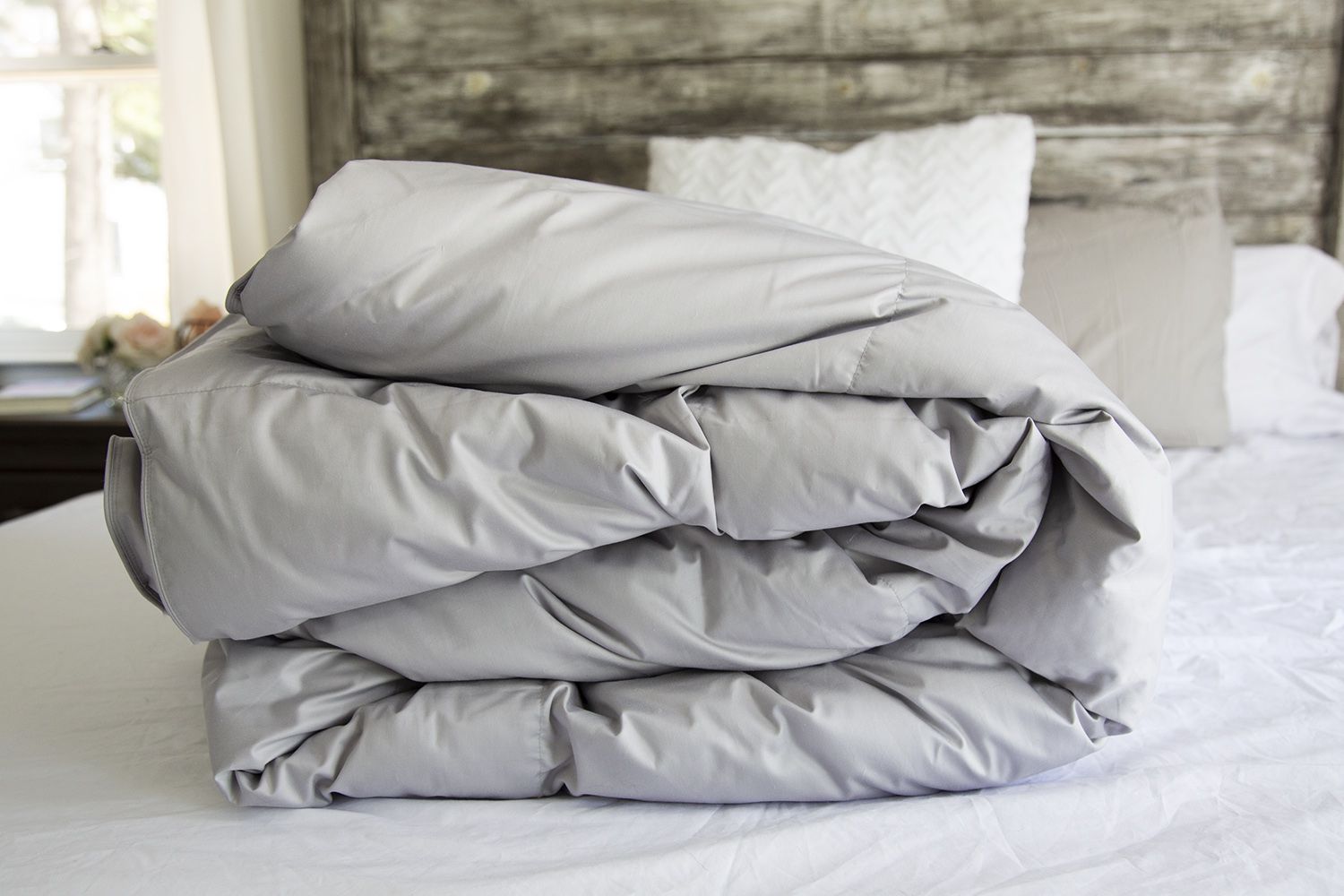
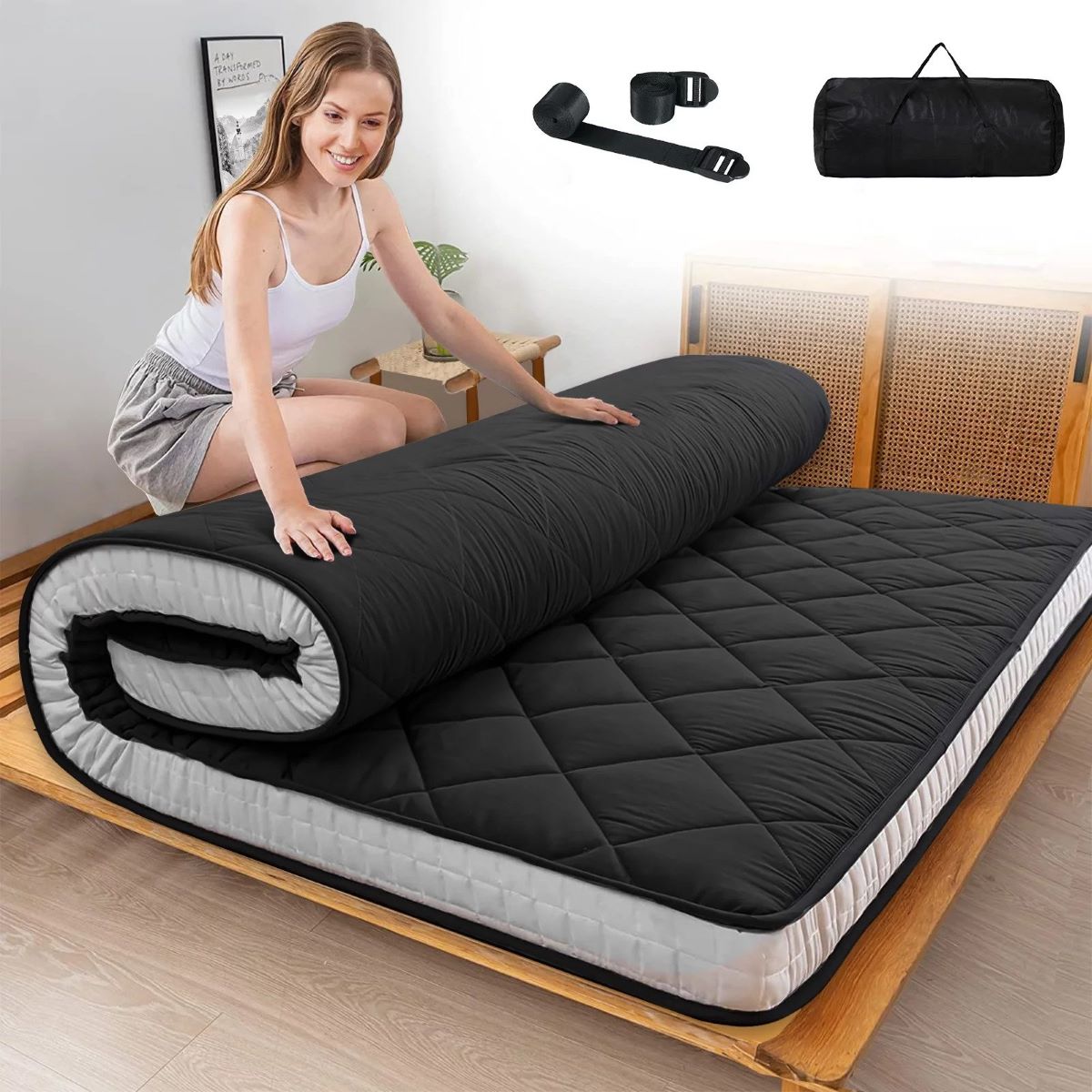

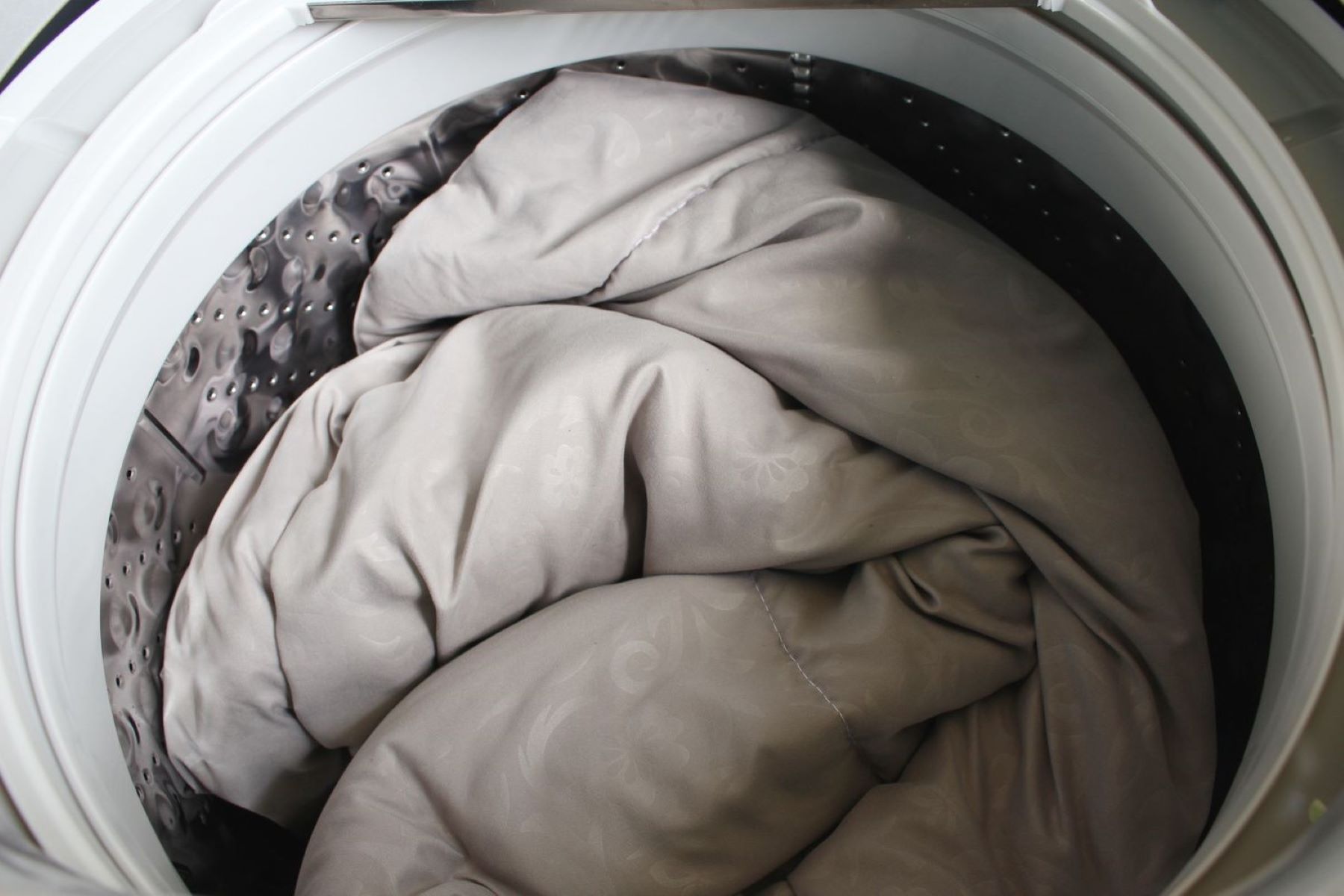
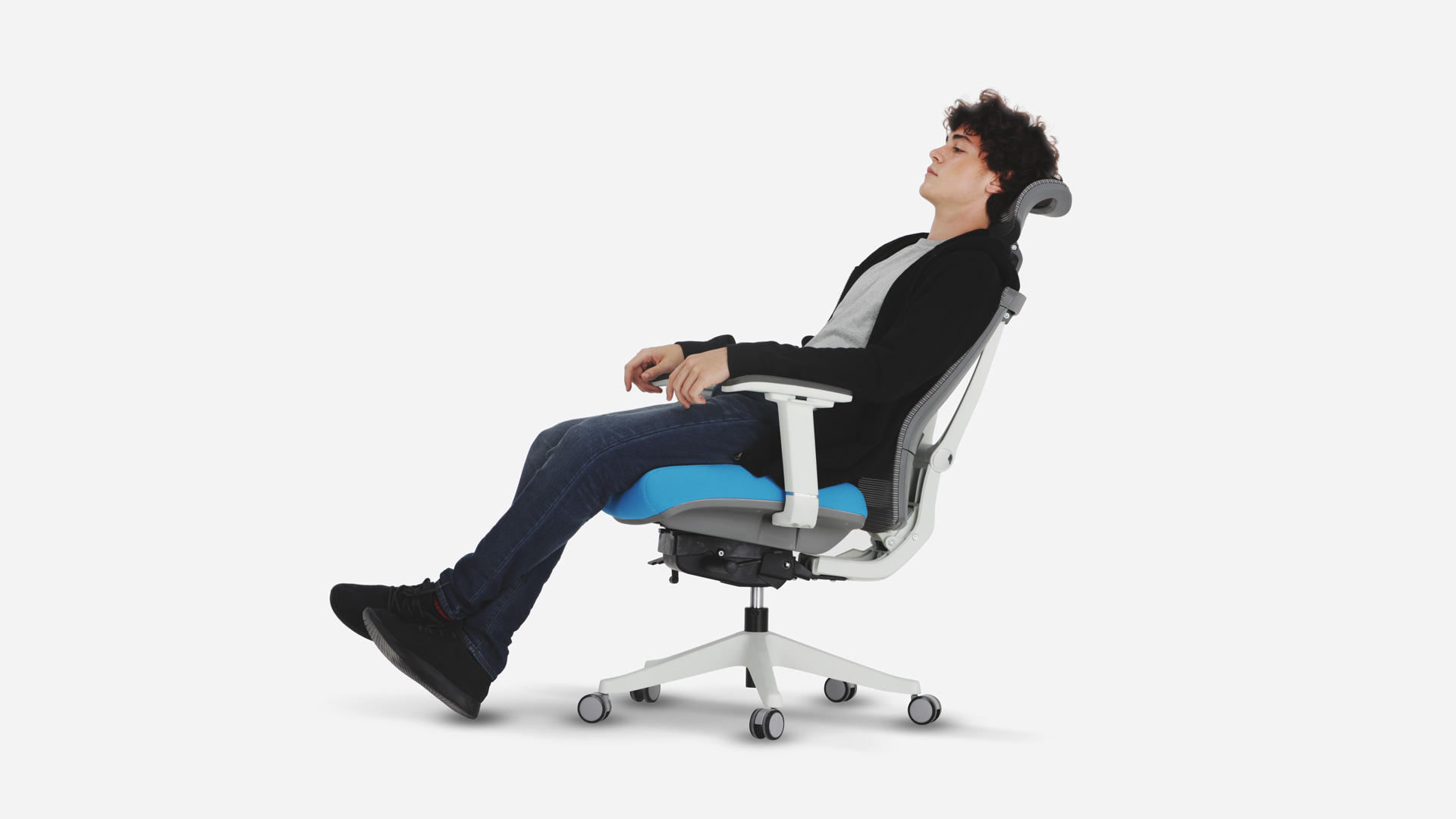

0 thoughts on “How To Sleep On The Floor Comfortably”